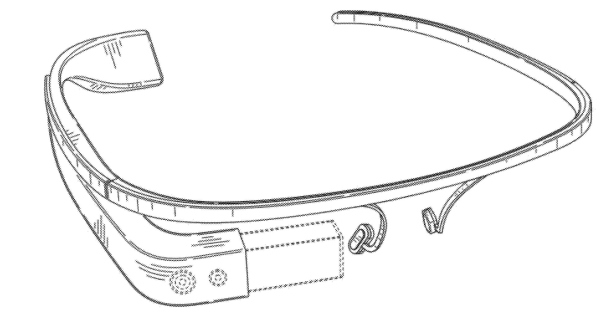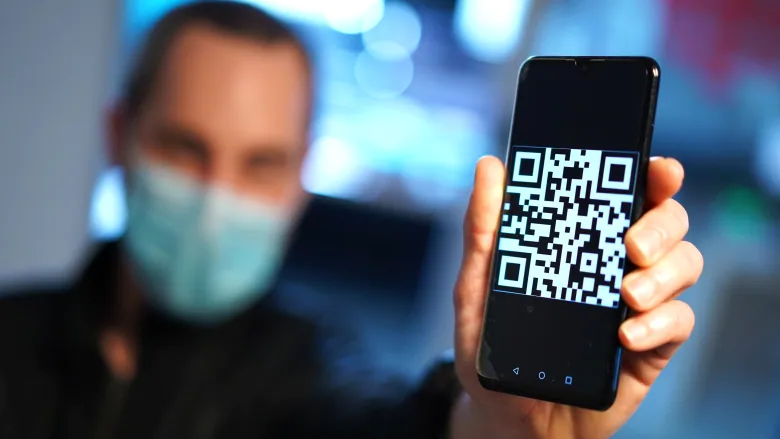
Since the dawn of the technological age, Google has been a pioneer in the development of new ideas. This is shown to be true in 2012, as Google unleashes plans for its latest project: augmented reality glasses.
First announced in April 2012, Google validated the long-lasting rumor of the company’s plans for releasing augmented reality glasses. After months of development and designing, Google began testing the first prototypes as seen in the Project Glass video posted on YouTube.
Augmented reality, head-mounted displays to be exact, are a planned new product that will, in theory, make the average smartphone obsolete. Its sleek body fits around the user’s head while its compact screen falls over the right eye. There, displayed right in plain sight, is the main menu.
All of the controls and functions are either voice activated or image recognition. The in-development Google glasses will be able to react in real-time to the user’s surrounding. Meaning, Yelp reviews could pop-up when the user looks in the direction of a nearby restaurant or a friend’s Facebook profile may pop-up when in midst of a conversation.
Though incredibly revolutionary, many are skeptical about how the company plans on achieving its goal.
“The hardware that appears in the photos doesn’t appear capable of delivering the augmented-reality experience we see in the video, said Roberto Baldwin in Wired. “Is Google working on two different delivery systems? Or is the company going with a Recon-style approach, but released a video that over-reaches?”
The product is said to cost the same price as an average smartphone, being anywhere in between $250 to $600. Google employees first stated they plan to release the product by the end of 2012, but have since retracted that statement.
To learn more, visit Project Glass on Google+.
By James Coster







